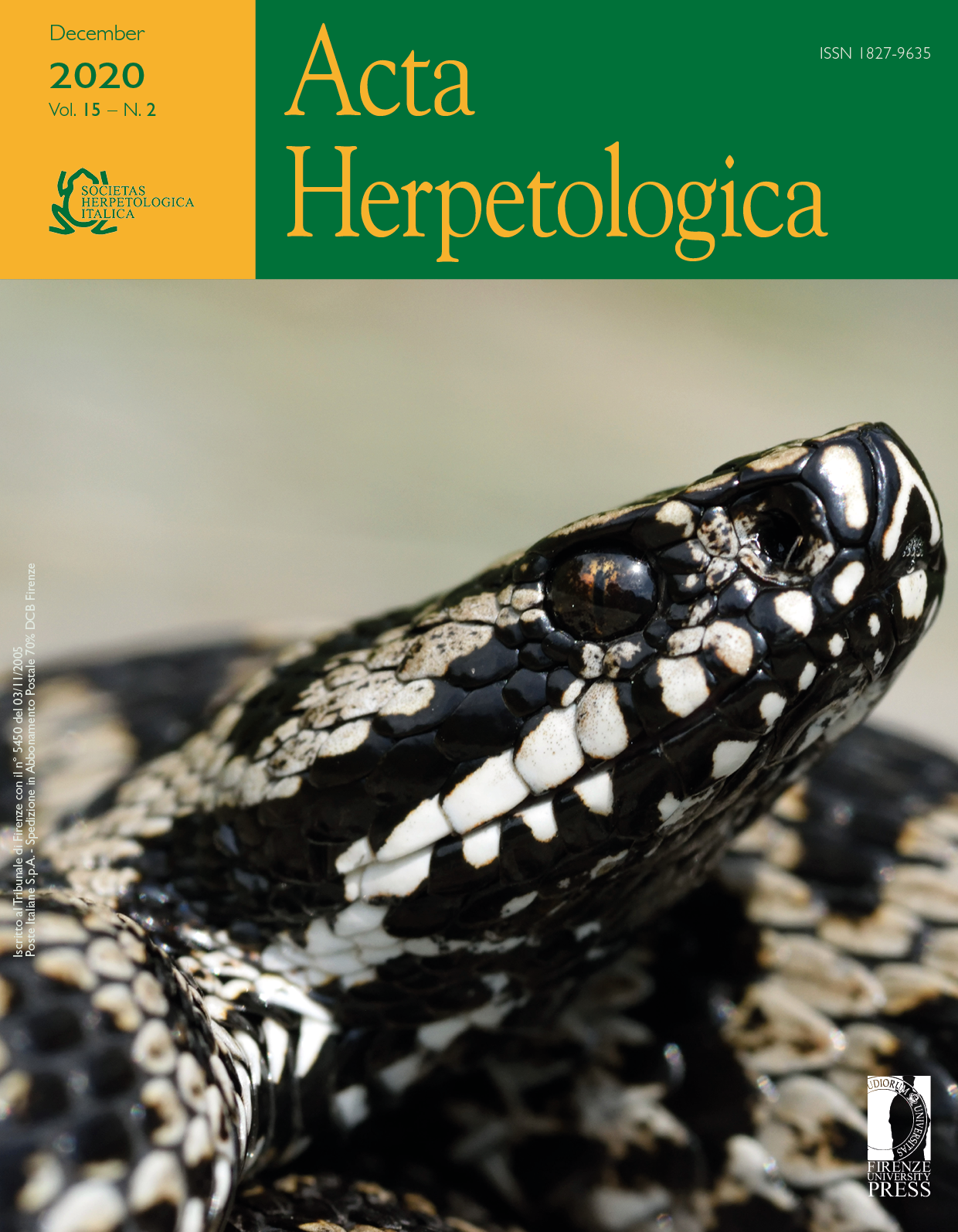A bibliometric-mapping approach to identifying patterns and trends in amphibian decline research
Published 2020-12-08
Keywords
- global amphibian decline,
- chytridiomycosis,
- scientific literature,
- term map,
- threatened species
How to Cite
Abstract
Amphibian decline is one of the most severe and well-documented examples of immediacy of the ongoing biodiversity crisis. In this study we analyze the scientific literature on amphibian declines with a view to identifying and analyzing emerging patterns within this large, and growing, body of knowledge. Focussing on peer-reviewed papers published between 1977 and 2018, we identified a total of 2,619 scientific publications, from the Scopus database. Using a visual-clustering approach, which allows us to investigate patterns and trends of research topics, we developed term-maps to identify how key terms cluster into research areas, and whether geographic patterns exist in the scientific literature on this subject. Overall, the average annual growth rate of the number of studies published on amphibian declines was 109.3%, with a decisive increase since 2001. The term map analysis revealed four main research areas: i) ecology; ii) causes and consequences of pollution; iii) global threats and extinction risk; and iv) pathogens (which includes many current publications, especially those focused on chytridiomycosis). We confirm the existence of a geographical research bias in the study of amphibian decline, with studies mainly located in western countries, which harbour a smaller number of threatened species. In contrast, studies on threatened species are consistently underrepresented. The literature on amphibian declines has increased at a greater rate than general amphibian literature, highlighting the possibility that the observed amphibian decline has been a driver for amphibian research.






